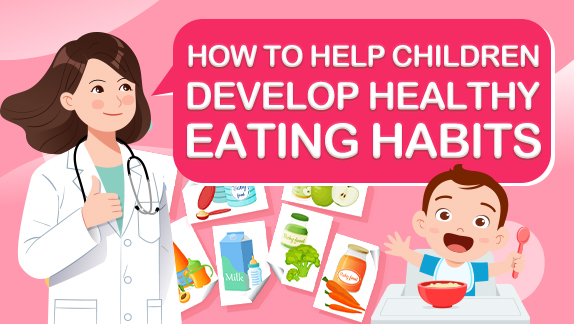Things you should know about the flu
1. What is the flu?
Influenza is commonly known as the flu, and is well known to the public for its high incidence and fast and wide transmission. It can spread through the air as droplets, and can also be transmitted through direct or indirect contact with mucosas such as the mouth, nose, and eyes.
Locations where the flu spreads easily: kindergartens, schools, shopping malls, etc.
2. Vulnerable groups
The elderly aged 60 and over, infants aged 6-23 months, children aged 2-5, patients with chronic diseases, family members or nursing personnel of infants younger than six months, pregnant women, and those who are preparing to get pregnant during the influenza season are at a higher risk of getting the flu.
3. The differences between the flu and a cold
The flu in children has a short latent period, mainly with high fever (body temperature can reach 39-40 degrees centigrade), headaches, sore muscle joints, fatigue, loss of appetite, and can be accompanied by symptoms such as a sore throat, coughing , vomiting, diarrhea, or abdominal pain.
The symptoms of the flu in infants and young children are not typical, and often only manifest as a fever and cough.
The flu can cause a variety of complications such as pneumonia, acute respiratory distress syndrome, myocarditis, heart failure, encephalitis, and even death in severe cases.
| Ordinary cold | Flu | |
| Pathogenic agent | Rhinoviruses, corona viruses, bacteria, etc. | Influenza viruses |
| Infectiousness | Weak | Strong |
| Seasonal nature of the disease | Not obvious | Obvious |
| Degree of fever | No fever or mild, moderate heat, no chills | Mostly high fever (39-40 C), which can be accompanied by chills |
| Duration of fever | 1-2 days | 3-5 days |
| Symptoms | Mild, or no symptoms | Relatively severe, manifest headaches, general muscle soreness, and weakness |
4. When to see a doctor
(1) Continuous high fever with a body temperature above 39 C, and difficulty bringing down the fever even after taking antipyretics;
(2) Body temperature exceeds 38 C in an infant younger than 3 months;
(3) Poor mental state or abnormal irritability, headaches, and fatigue;
(3) Symptoms such as severe vomiting and diarrhea;
(4) Symptoms such as asthma and shortness of breath.
5. How to prevent catching the flu
(1) Receive a flu vaccine: Vaccinations are the most effective way to prevent the flu.
(2) Pay attention to personal hygiene.

 CQHCWC: Nurture healthier futures for children
CQHCWC: Nurture healthier futures for children How to help children develop healthy eating habits
How to help children develop healthy eating habits Wechat
Wechat Weibo
Weibo